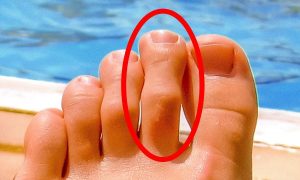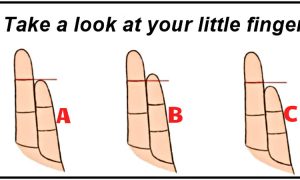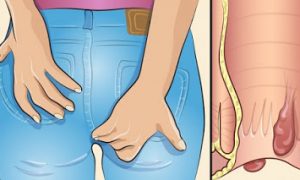Your recipe for masturbation is pretty simple: A bottle of lube, a browser tab open to Xtube, and a five-finger grip deliver results in no time flat. But female masturbation is a bit more complicated.
They can’t do it wherever they want, they don’t always care about reaching orgasm, and they definitely aren’t flipping through Fifty Shades as much as you’d imagine. So what happens behind closed doors? Read on to discover the secrets of female masturbation.
She’s quicker without you.
On average, women take longer to orgasm than men do. “For a woman’s nerve endings to be stimulated and for the blood flow to get down into her genitals, it can take up to 15 or 20 minutes of foreplay,” explains Sadie Allison, Ph.D., author of The Mystery of the Undercover Clitoris: Orgasmic Fingertip Touching Every Woman Craves.
But she might be a lot faster going solo than she is with you in the sack. That could be because she’s more focused on her own pleasure (instead of yours) or because she knows exactly what she wants. “Many women can be there in 2 to 3 minutes on their own, but will take 10 or more—or can’t get there at all—with a partner,” says sex expert Carlyle Jansen, author of Sex Yourself, a book about women’s masturbation.
She doesn’t do it quite as often.
When you wake up with morning wood, there’s a decent chance you’ll give yourself a tug before the day is over. According to research, 25 percent of men masturbate at least 3 times per week, and 55 do it at least once a month. But for women, those stats are considerably lower: Only 10 percent of ladies report pleasuring themselves three times per week, and 38 percent go down below once a month.
How come? She might see self-pleasure as more of a production, not just a quick rub-and-go activity. It could also be because of the stigma associated with female masturbation, which can follow many women into adulthood. “Most boys begin before they’re 10,” says Jansen, while “women start later, often in their 20s.”
She preps differently.
“Men can be in a dirty gas station bathroom and rub one out,” says Allison, but for the fairer sex, environment is everything. Maybe she pulls out a special lubricant, lights a few candles, or draws a bath before starting self-pleasure. “A lot of women need their heads to be there, and if there are any distractions whatsoever, that can throw them off,” she says.
Her touch is softer.
When you masturbate, you’ve got a firm grip, your fingers are clenched, and you stick to a rough, up-and-down motion. Women, on the other hand, tend to be slower, gentler, and more subtle.
“Think about if you had an eyelash in your eye and you were trying to rub it out,” says Allison. “You’d pull your eyelid back and gently use your fingertip to rub around. That’s how soft you should touch a woman’s clitoris. Yes, that soft.”
The clitoris has twice as many nerve endings as the head of the penis, so it’s super-sensitive to even the softest touch. Some women like it rougher—and they’ll tell you if they do—but most need to be eased in gently before they can stand too much contact with their clitoris.
She explores her whole body.
While you pretty much have just one tool at your disposal, she likes to make masturbation a full-body activity. “Women tend to stimulate the whole body more—the neck, breasts, arms, and labia,” explains Jansen. She might massage her nipples or inner thighs first before settling on her genitals. Comparatively, “men are generally okay with the beginning, middle, and end focus on the penis,” Jansen says.
She doesn’t always care about orgasm…
This might be the biggest difference of them all. When you masturbate, you probably have a clear goal in mind: bust a nut or bust. “But for a lot of women, whether you get there or not isn’t the key,” says Allison. Some women are satisfied with their self-pleasure well before orgasm occurs, or regardless of whether there’s a climax. “It’s more about taking time for yourself and giving to yourself in a pleasurable way,” she says.
…But when she does, she’s going for seconds.
When you ejaculate, it creates a huge physical release.
“It takes a lot of energy for the body to actually push all of that fluid from the prostate, through the spiral tubing, then through the testicles, up and out of the penis,” explains Allison. “That’s why when [men] are finally done, it’s over. They’re like, ‘Whew, I need a nap.’”
Women’s orgasms are physical, too, but they don’t have the same “refractory period” after climaxing, which makes it more likely for them to go for multiple rounds. So while some women aren’t necessarily vying for orgasm at all, others don’t stop at just one. Lucky ladies.






















